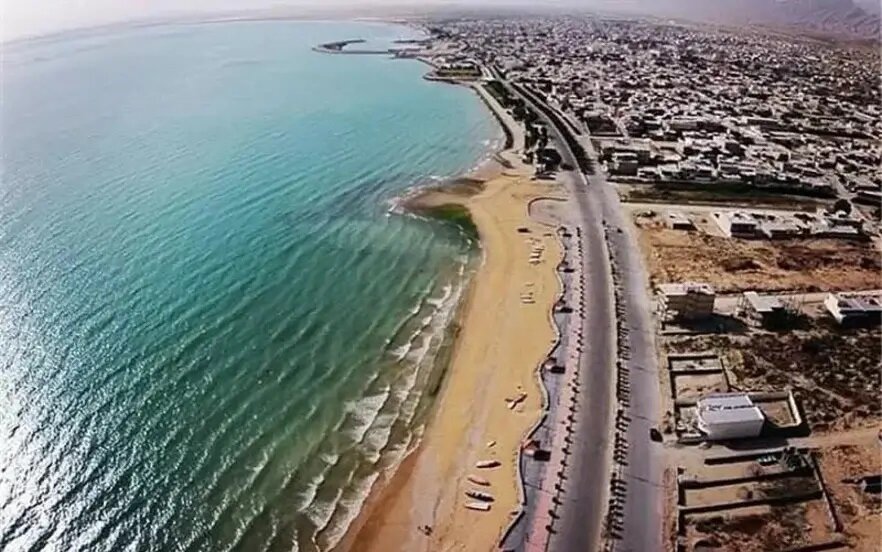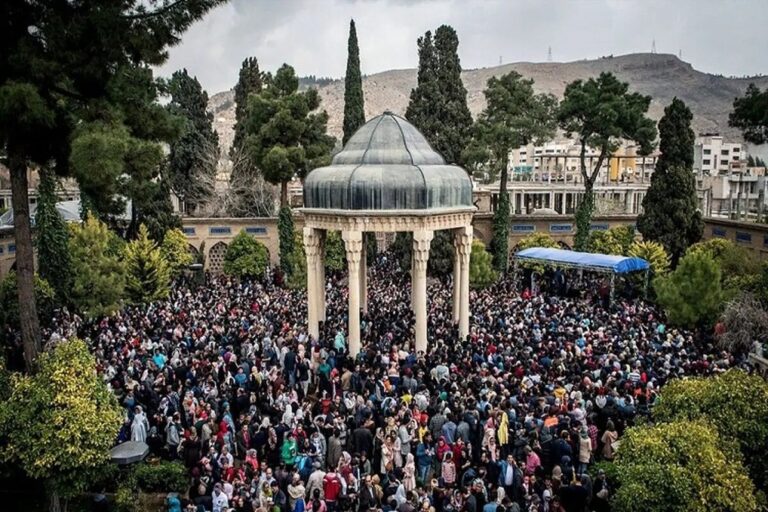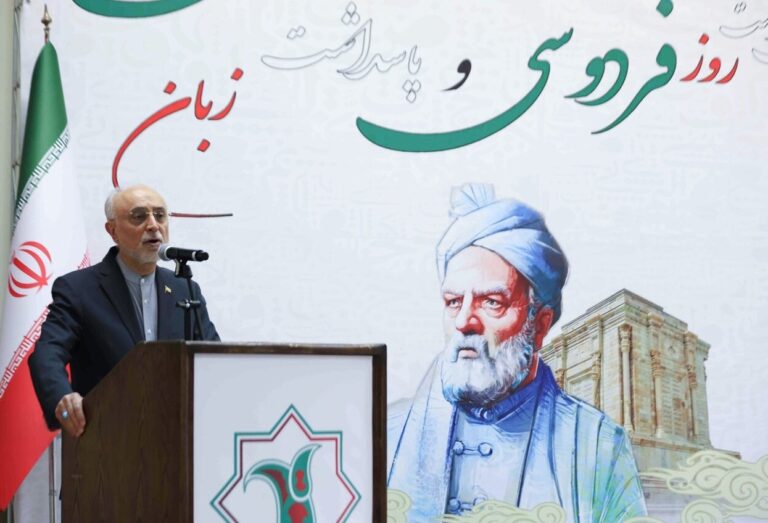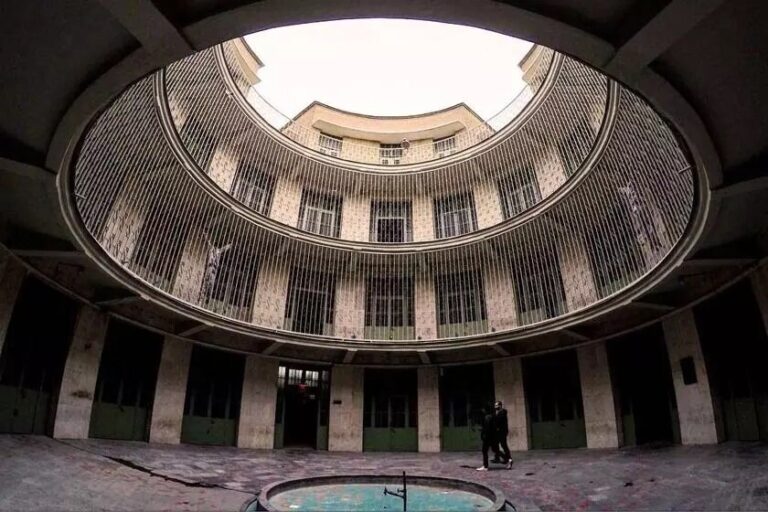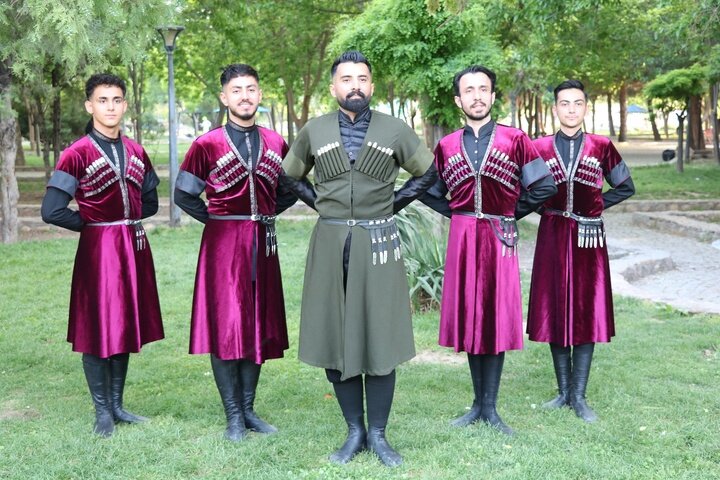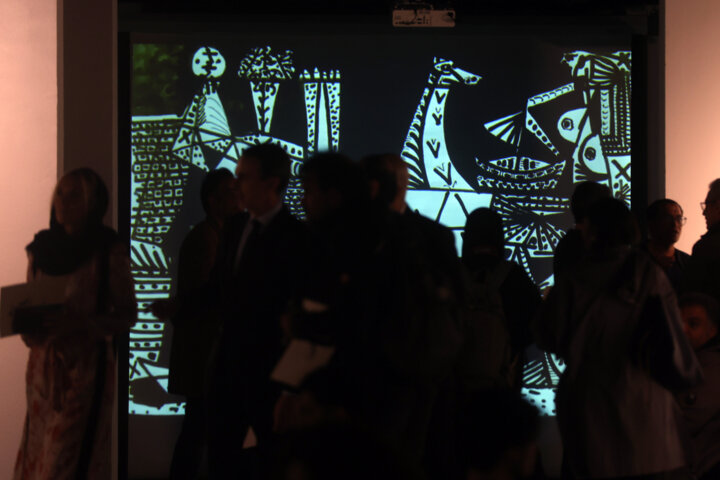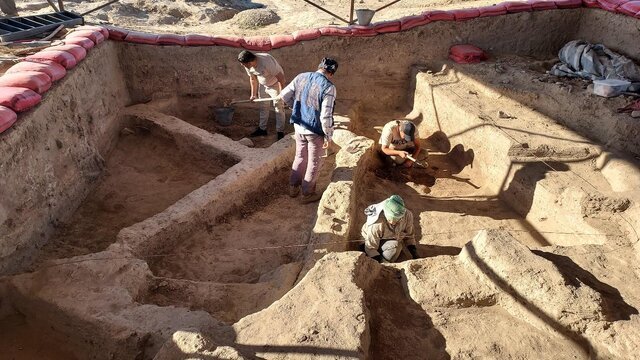Discover Siraf’s Ancient Heritage: New Exhibit Opens in Bushehr!
TEHRAN – A captivating exhibition of ancient relics from the historic port city of Siraf has recently been inaugurated at the Persian Gulf Region Museum in Bushehr. This remarkable event, organized in partnership with the National Museum of Iran, coincides with the Ten-Day Dawn (Dahe-ye Fajr) celebrations, which commemorate the anniversary of the 1979 Islamic Revolution.
According to Nasrollah Ebrahimi, the deputy director of cultural heritage in Bushehr province, this exhibition showcases an extraordinary collection of artifacts that were unearthed during archaeological excavations led by the renowned British archaeologist David Whitehouse over fifty years ago. Significantly, this marks the first time in 52 years that these invaluable relics are being publicly displayed in Iran, offering a unique glimpse into the past.
Siraf, an ancient port located on the shores of the Persian Gulf, served as a vital trade hub during both the pre-Islamic and early Islamic eras. It established crucial links between Iran and far-flung regions such as China, India, and East Africa. Organizers emphasize that the artifacts on display provide essential insights into Siraf’s rich maritime history, its extensive trade networks, and the cultural exchanges that occurred throughout its history.
During the Sassanid period up until the 4th century AH, Siraf was recognized as Iran’s most important port. The excavations have revealed plentiful evidence of Persian ingenuity in seafaring, international relations, and interactions with various near and far cultures and civilizations.
Between 1966 and 1973, the British Institute of Persian Studies conducted seven seasons of excavation and survey at Siraf. This ancient city on the Iranian coastline of the Persian Gulf played a pivotal role in maritime trade, supplying Western Asia with goods from India, the Far East, and Eastern Africa during the period from 800 CE to 1050 CE.
The historical and architectural landmarks of Bushehr are a rich tapestry of Islamic buildings, including:
- Magnificent mosques and prayer centers
- Elegant mansions
- Old towers and castles
- Beautiful gardens
Moreover, the region boasts significant monuments from various historical periods, including the:
- Elamite era
- Achaemenid dynasty
- Parthian empire
- Sassanid period
This exhibition not only highlights the archaeological significance of Siraf but also enriches the cultural narrative of Bushehr. The displayed artifacts serve as a testament to the city’s historical importance and its role in shaping trade and cultural relations across regions.
Visitors to the exhibition can expect to encounter a variety of artifacts that showcase the artistic and functional aspects of Siraf’s maritime history. These relics include:
- Pottery and ceramics
- Coins and trade goods
- Maritime tools and instruments
- Jewelry and decorative items
Each piece provides a story, reflecting not only the daily life of the people who once inhabited Siraf but also the broader economic and cultural exchanges that defined this ancient port city. The exhibition aims to draw attention to the significance of preserving Iran’s rich archaeological heritage while promoting a deeper understanding of its historical narratives.
In summary, the exhibition at the Persian Gulf Region Museum in Bushehr is a remarkable opportunity for the public to connect with Iran’s past. By showcasing the ancient relics of Siraf, it shines a light on the city’s pivotal role in maritime trade and cultural exchange, offering insights that resonate with the interests of historians, archaeologists, and the general public alike.
This event is not only a celebration of Iran’s history but also an invitation to explore the depths of its maritime legacy, reinforcing the importance of cultural heritage in shaping national identity.
